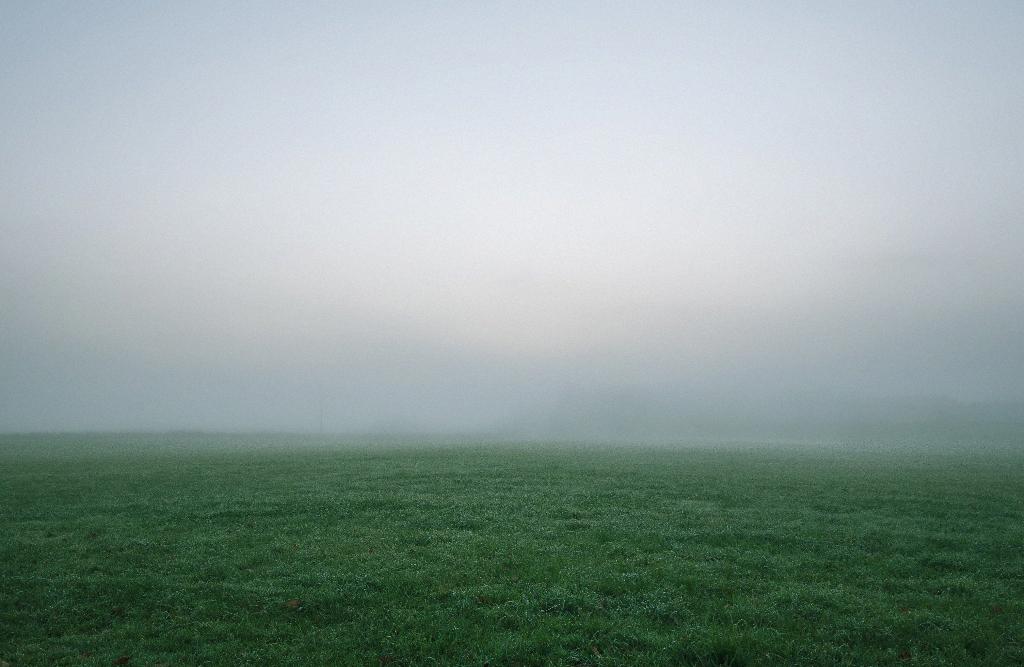Leaving leaves untouched on your lawn is a common dilemma faced by many homeowners during the fall season. While it may seem like a simple and natural way to let nature take its course, the reality is that it can have both positive and negative effects on the overall health and appearance of your lawn.
The Benefits of Leaving Leaves
Leaving leaves on your lawn can actually provide several benefits for your property’s ecosystem. As the leaves decompose, they can add valuable nutrients back into the soil, acting as a natural fertilizer for your grass and plants. This process also helps to foster a diverse range of microorganisms that are essential for healthy soil.
The Drawbacks of Leaving Leaves
On the flip side, leaving a thick layer of leaves on your lawn can have negative consequences. One of the primary concerns is that the leaves can block sunlight from reaching the grass beneath, which is essential for photosynthesis and overall growth. This lack of sunlight can result in your grass becoming weak, patchy, or even dying in severe cases.
The Impact on Lawn Aesthetics
In addition to potential harm to your grass, leaving leaves on your lawn can also impact the overall aesthetics of your property. As the leaves break down, they can create a messy and unkempt appearance, especially if they accumulate in large piles. They can also stain and damage walkways, decks, and other outdoor surfaces.
Striking a Balance
So, what’s the best approach when it comes to dealing with fallen leaves on your lawn? Finding a balance between allowing some leaves to decompose naturally and removing excess buildup is key. Consider using a mulching mower to shred leaves into smaller pieces that can decompose more quickly and evenly across your lawn.
Best Practices for Leaf Removal
If you decide to remove leaves from your lawn, it’s important to do so properly. Avoid raking or blowing leaves onto the street or into storm drains, as this can contribute to water pollution. Instead, consider composting the leaves or using them as mulch in your garden beds to minimize waste and benefit your soil.
Seasonal Considerations
It’s important to take into account the time of year and the condition of your lawn when deciding whether to leave leaves or remove them. In the fall, when leaves are abundant, it may be more beneficial to remove excess buildup to prevent smothering your grass. In the spring and summer, consider leaving a light layer of leaves to enrich your soil.
Environmental Impact
When weighing the pros and cons of leaving leaves on your lawn, it’s also important to consider the environmental impact. Allowing leaves to decompose naturally can reduce the need for chemical fertilizers and pesticides, promoting a more sustainable and eco-friendly approach to lawn care.
Consulting with Experts
If you’re unsure about the best course of action for your lawn, consider seeking advice from landscaping professionals or local extension services. They can provide personalized recommendations based on the specifics of your property and help you make informed decisions about leaf management.

Conclusion
In conclusion, the answer to whether it’s bad to leave leaves on your lawn depends on various factors, including the health of your grass, your aesthetic preferences, and your environmental values. By weighing the benefits and drawbacks and taking a proactive approach to leaf management, you can maintain a healthy and vibrant lawn while also supporting the natural ecosystem of your property.
